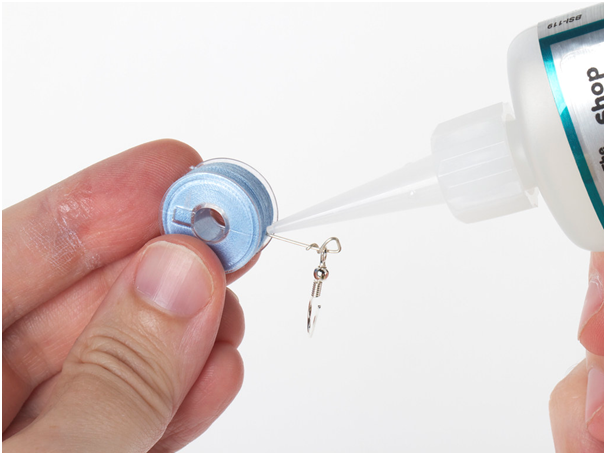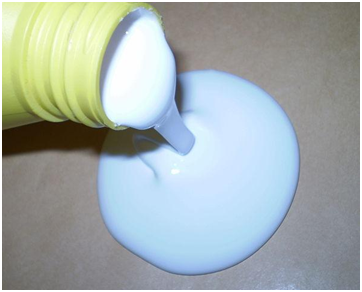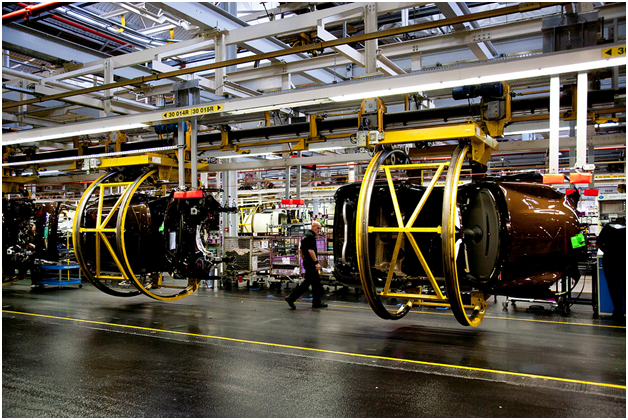Lab-grown diamonds are on the rise; even diamond giant De Beers is now selling them. Here is a look at the upsurge in interest and what the future holds for these coveted gems.
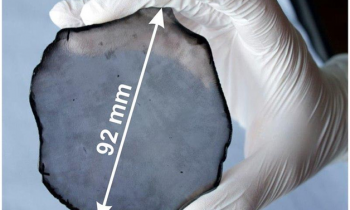
Image Credit
All that glitters is not gold
The Diamond District of New York is a sight for sore eyes, with row upon row of shops selling diamonds of every shape and size from baguette, oval, princess to crystal and emerald cuts. A haven for diamond engagement rings, this New York district is the gateway to America’s phenomenal $47 billion diamond industry. Times are changing, however. Historically, these retailers were age-old, traditional family-run firms. Today, there are many recent players now joining the scene, selling diamonds that haven’t come from the ground.
Changing times
Lab-grown diamonds have been around since the 1950s. It is only during the last 10 years that the ability to create quality diamonds has been explored. Grown in high-pressure, high-temperature chambers heated with plasma, a hydrocarbon gas mixture is broken down to create the diamond. They take just weeks to grow in an environment that mimics that of real diamond growth areas. Interestingly, they look the same as real diamonds and are chemically and physically alike.
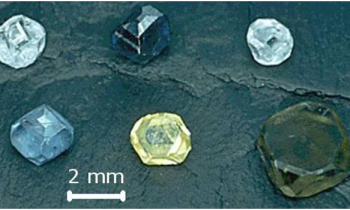
Cost-effective options
Lab-grown diamonds are cheaper than mined ones, typically selling for around 30 percent less.
With more millennials buying diamonds than ever before, environmental considerations are becoming increasingly important. In fact, reports have shown that a staggering 250 tonnes of earth has to be moved for every single diamond carat. Some mines have grown so vast – such as the Kimberley diamond mine in Australia, one of the world’s largest suppliers of mined diamonds – that they can be viewed from space. Compare this to lab-grown diamond enterprises, who can justifiably say they are 100 percent carbon neutral. The land can also become contaminated with a number of different substances and Land Remediation Services such as those offered by http://www.ashremediation.co.uk/ are needed to return the land for safe alternative uses once the mines have closed.
There are also human rights issues to consider. For example, in Surat, an Indian city where 90 percent of the world’s diamonds are cut and polished, teenagers work 14-hour shifts shining diamonds, developing what is locally known as “diamond lung” as they inhale the tiny diamond grains, which cause a host of respiratory problems.




